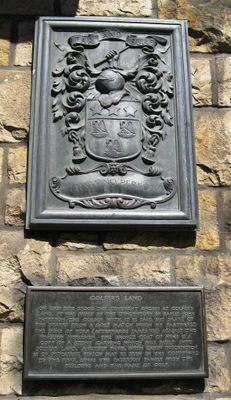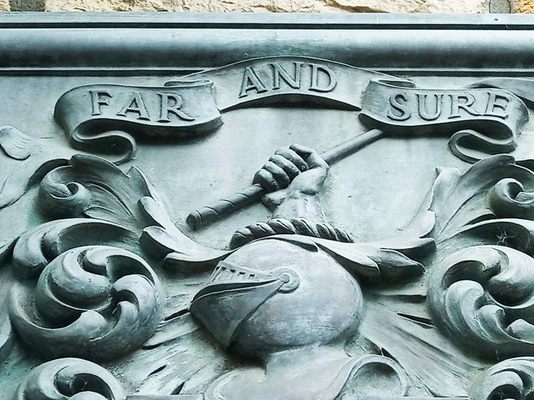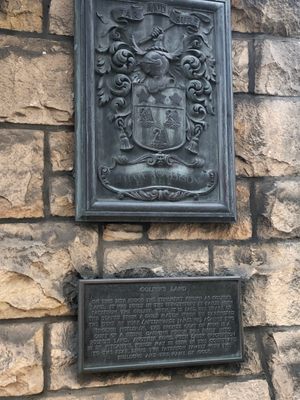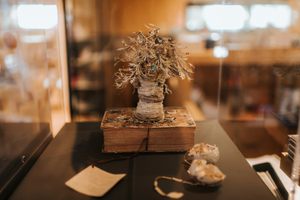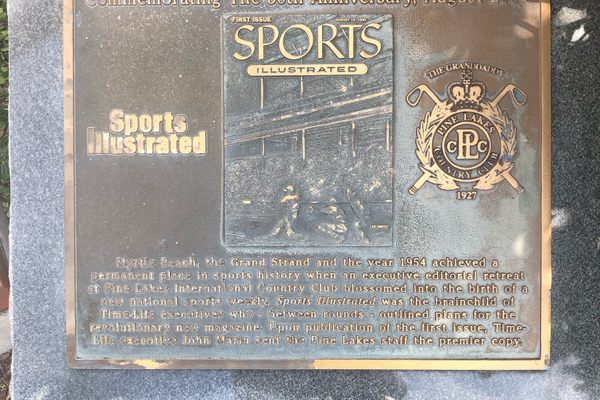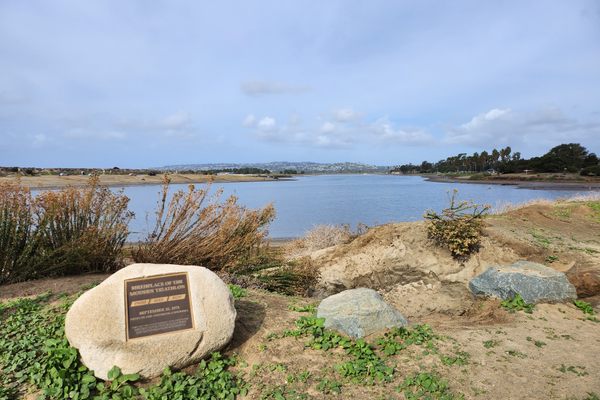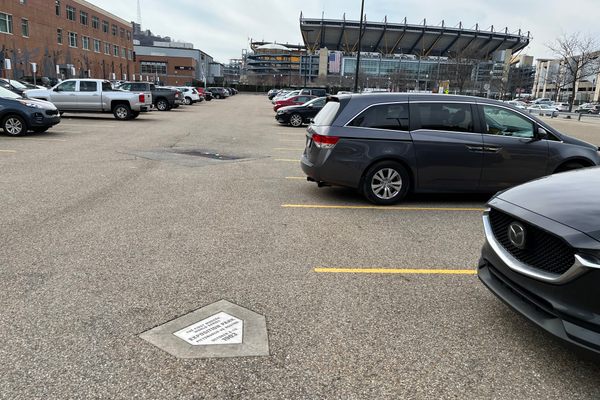About
Bill Clinton, Michael Jordan, your beer-bellied uncle — they all gamble on golf. It’s as essential to the game as the 19th hole. The tradition stretches back to a 1681 bet between kings and commoners in Scotland, and it may still be golf’s most historic haul.
Outside of a generic Royal Mile pub in Edinburgh is a plaque commemorating Golfer’s Land. It’s what’s left of a house owned by John Paterson, a cobbler by trade and a golfer by talent. Paterson’s swing was so well-known that the Duke of Albany at Holyroodhouse summoned him in 1681 to settle a dispute with two English noblemen who claimed that golf was an English game.
Though Scottish Parliamentary edicts dating to 1457 make mention of golf, there was only one true way to settle this. The good duke, who would later take his confrontational ways to the throne as James VII of Scotland / II of England, paired up with Paterson at Leith Links to take down the cocky Englishmen. The showdown is now known as the first international golf match (with the first recorded use of a caddy also, as the duke couldn’t be expected to carry his own clubs during such a round).
The term "caddy" is an old Scottish word from the mid-1600's. Caddies were usually abled bodied young men, who would carry barrels of water on their backs prior to the use of indoor plumbing. They were paid to deliver a fresh supply up the stairs of multi-storied tenement buildings.
The royal skin in the game yielded a substantial winner’s purse, which the duke generously split with his cobbler ringer. Paterson promptly put his share into the house at 77 Canongate, calling it Golfer’s Land, and the duke had an escutcheon added to the outside with heraldic touches befitting the achievement. Its Latin inscription read:
"In the year when Paterson won the prize in golfing, a game peculiar to the Scots (in which his ancestors had nine times won the same honor), he then raised this mansion, a victory more honorable than all the rest."
Though Paterson’s original house was demolished in 1960, one can still idle on this quiet stretch of the Royal Mile and observe the plaque, crest, and the inscription in the back courtyard. Golfers can envision taking a Paterson-esque swing, holing out in the fountain of what’s now Holyrood Palace down the road, and collecting bets.
The plaques can currently be found outside a pub/coffee house called Kilderkin.
Related Tags
Flavors of Scotland: Beyond the Haggis
Smoked seafood, single malt whisky, and warm hospitality.
Book NowCommunity Contributors
Added By
Published
March 13, 2015
Sources
- http://www.royal-mile.com/history/history-canongate.html
- http://www.scottishgolfhistory.org/oldest-golf-sites/1619-leith-links/
- http://digital.nls.uk/golf-in-scotland/international/escutcheon.html
- http://www.graven-image.co.uk/2012/05/the-golfers-land-canongate-edinburgh/
- http://canmore.rcahms.gov.uk/en/site/52351/details/edinburgh+79+81+canongate+golfer+s+land/



